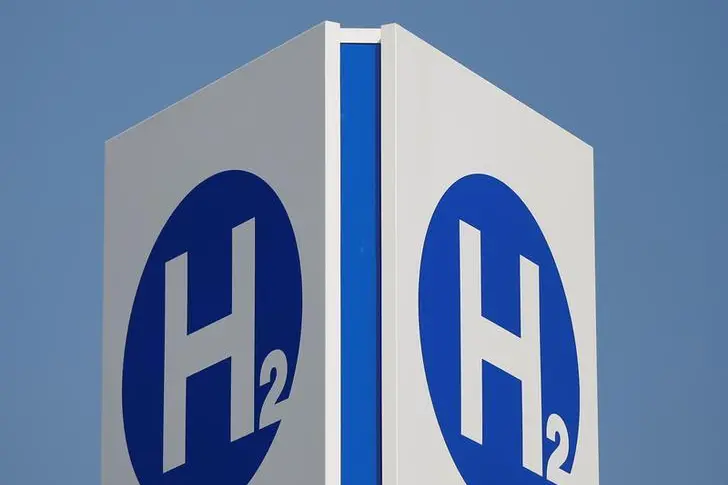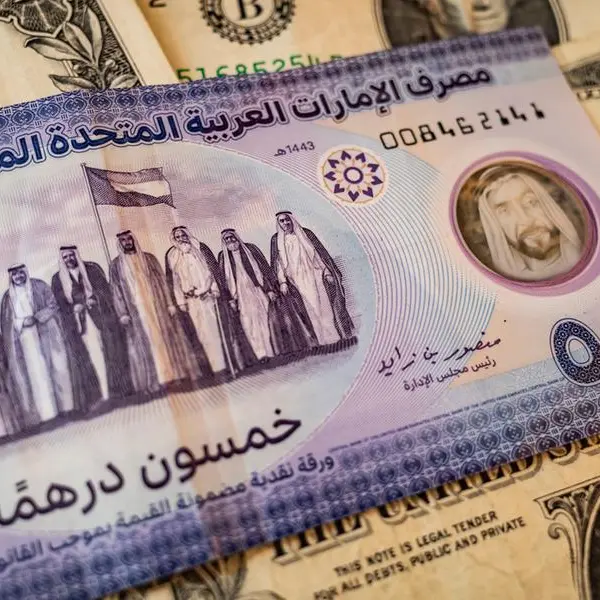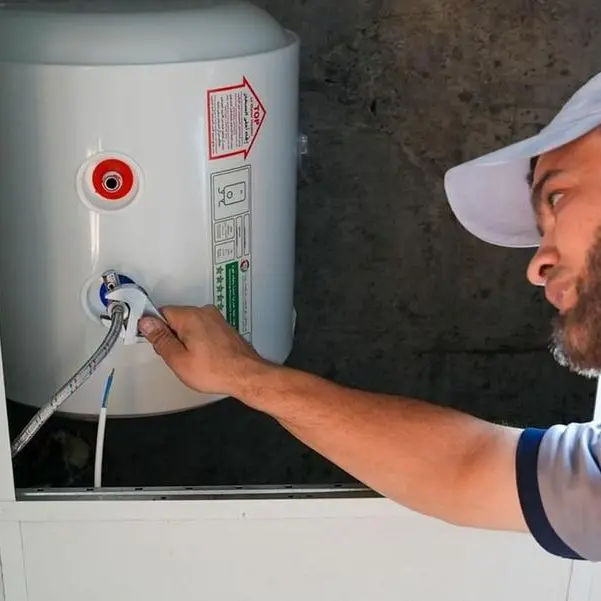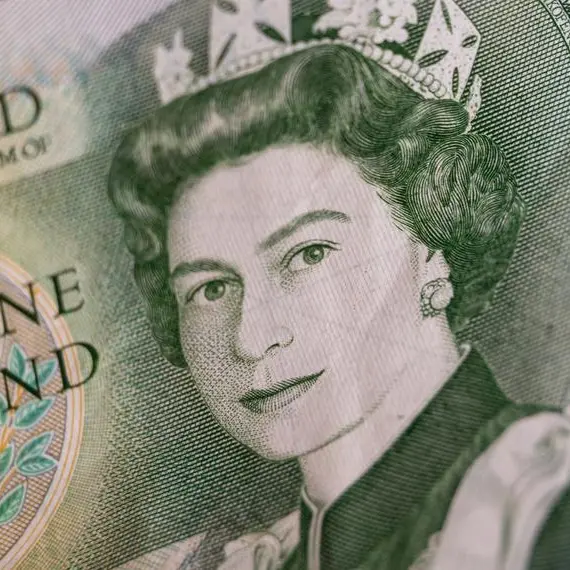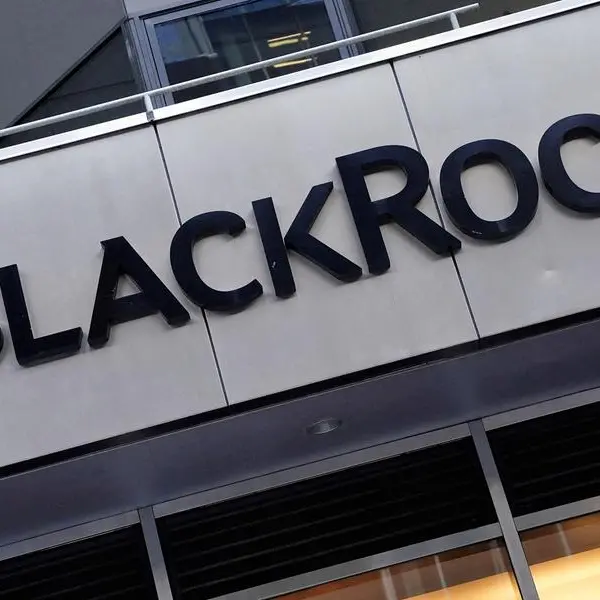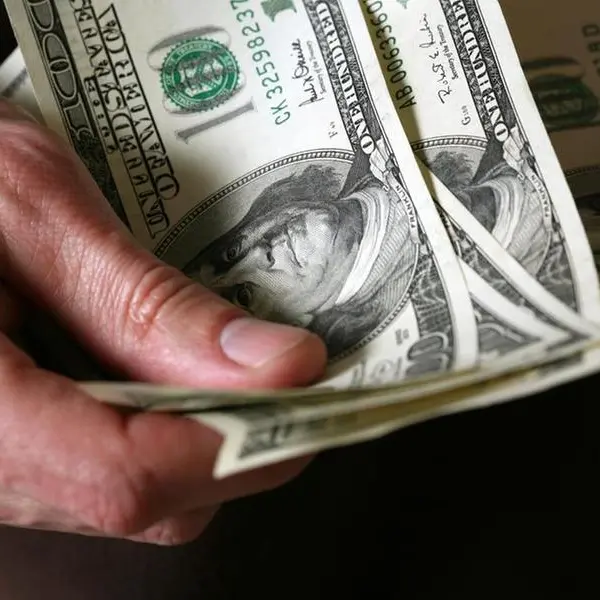PHOTO
LONDON- Australian mining billionaire Andrew Forrest called ahead of next week's COP26 climate talks for governments to ensure massive existing subsidies for fossil fuels did not undermine the drive for clean alternatives such as green hydrogen.
Forrest, whose Fortescue Metals Group FMG.AX aims to become carbon-neutral by 2030, has been travelling the world to promote green hydrogen, a zero-carbon fuel made by electrolysis using renewable power to split water into hydrogen and oxygen.
While it is currently more expensive than rival fuels, backers say costs will fall as the technology is scaled up and fine-tuned. The International Renewable Energy Agency has forecast rapid growth in coming years.
"I'm asking regulators all over the world to give green hydrogen a decent shot," Forrest said in an interview before climate talks in Glasgow seen as key to pinning down national emission-cutting pledges made in the 2015 Paris Agreement.
"What I'd like to see is an even playing field. If you are going to subsidise the old energy then you have to play fair with the new energy," he told Reuters.
The International Monetary Fund estimates that the world spends $6 trillion annually on fossil fuel subsidies and wants them scrapped. The figure includes about 70% from "under-charging" for associated environmental costs, while consumers often pay less than the real cost of supplying the energy and producers enjoy state support to raise their profitability.
Forrest did not specify how he thought state subsidy policy should evolve but said a new and potentially more beneficial technology should not be expected to pay for the cost of transitioning away from an old one.
"We didn't ask the original computer to subsidise the old typewriters, to transition the old typewriters out - the poor dears," he said.
Around 95% of hydrogen currently used for energy is produced from fossil fuels in a process that results in hundreds of millions of tonnes of carbon emissions per year - so-called "grey hydrogen".
Forrest is aiming for zero-carbon green hydrogen to supply a quarter of the world's energy by 2050, while Norwegian renewable energy generator Statkraft puts that figure at 10%.
Countries from Japan to Saudi Arabia are investing in the technology and the European Union has signalled spending worth $430 billion on green hydrogen by 2030.
A U.N. Climate Change energy brief in May said hydrogen as a fuel source was easy to store and contained almost three times as much energy as fossil fuels.
It said a major drawback of green hydrogen was the cost of the electrolysis process for making it. But it noted that efforts to halve its current price to below $2 a kilogram could make it viable for sectors from shipping to steel.
In a 2019 report on hydrogen, the International Energy Agency noted current challenges for it as a fuel source included the cost and difficulty of transporting it over long distances, meaning most hydrogen today is produced near to its end-use.
"Transport and storage costs will play a significant role in the competitiveness of hydrogen," it said, adding that in the long-term, pipelines would be the most cost-effective option rather than the trucks typically used for distribution now.
(Editing by Giles Elgood) ((london.newsroom@reuters.com; +44 207 542 5816; Reuters Messaging: mark.john.thomsonreuters.com@reuters.net))
